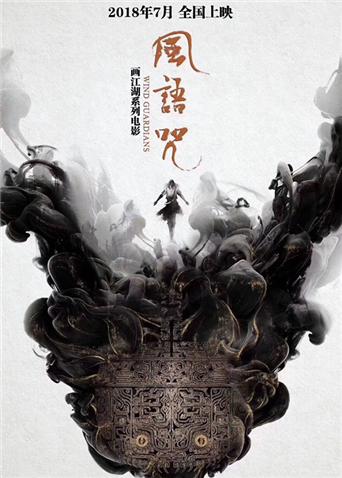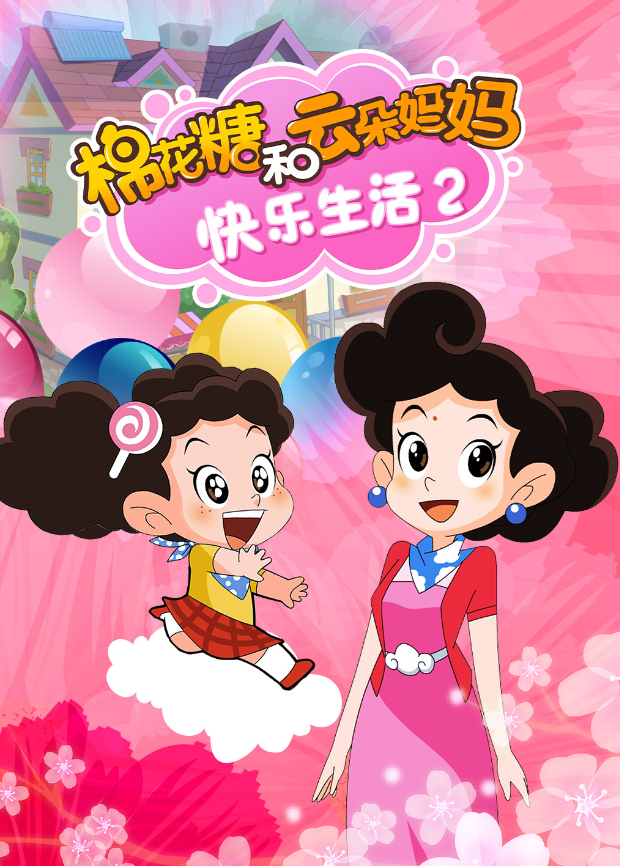Volcanic activity frees giant scorpions from the earth who wreak havoc in the rural countryside and eventually threaten Mexico City.
Volcanic activity frees giant scorpions from the earth who wreak havoc in the rural countryside and eventually threaten Mexico City.
回复 :The story appears simple on the surface, but is revealed, especially after multiple viewings, as more multi-layered and textured than Cassavetes at his best. Ostensibly it concerns a 14-year old Catholic girl, Wynne (Agutter) growing up in this post-modern wasteland, who develops a crush on her much older adoptive brother (Marshall)- a crush which perversely deepens and grows into infatuation once she starts to believe he is the local sex killer. This is in itself an idea that makes you sit up and jolt, but as the narrative develops, it continues not necessarily along a linear path but in several confusing and fascinating directions: the family's history, (detailed effectively in chilling flashback during an improvised seance) is a chequered one, and has suffered at least one major relocation and upheaval in the last ten years.At the crux, however, it's the depiction of socialal changes that make I Start Counting so fascinating and elevate its language far beyond the confines of the standard horror film. The major subtext- that teenage girls were maturing more quickly than before, and developing full sexual and romantic appetites (even if in thought rather than deed) but were not possessed of enough discretion to make the right choices- was a step forward for a genre in which its young females had previously been portrayed as bimbo victims (Cover Girl Killer and The Night Caller spring to mind), but not one that all viewers would necessarily agree with.But most striking of all, and possibly the most enduring image which the viewer will take away with them, is of the masterful symbolism with which director Greene invests every shot. Every inch of the Kinch family's world- their house, their walls, their TV, Agutters underwear, bedroom furniture and toys, Sutcliffe's clothes, Marshalls van, the local Catholic church, their town centre, their record shop) - is painted a bright, scintillating white- a white which, by inference, is slowly becoming smudged and corrupted with the dirt of the outside world. White also symbolises, of course, purity and innocence (two qualities Catholic schoolgirls are supposed to hold dear), and it is into this world of innocence that the ever-present red bus (a symbol of violation and penetration), conducted by the lecherous yet similarly juvenile Simon Ward, makes regular journeys. The allegory is further expanded in one scene where Agutter believes she sees the Christ figure in church weeping blood: by the time we acknowledge it, its gone, but the seed has already been planted. Rarely in a genre production has the use of colour and background been so important or effective in creating a uniformity of mood.I Start Counting is as near-perfect an end to a decade as one could hope for, and exactly the kind of film people should be making now- which is, of course, exactly why they never will. A genre essential.by D.R. SHIMON@lounge.moviecodec.com
回复 :美食城老板刘子健在一次采访邂逅欧阳斐,无功而返,找到脱单师杉炮成全美人归。杉炮起初想帮她走出过去,发现美食城惊天秘密。一场正义与邪恶的戏剧上演。qigou.cc最终刘子健受到法律制裁,欧阳斐解开心结,与杉炮堕入爱恋.
回复 :This early 70's giallo by Umberto Lenzi is certainly among the best in his filmography and also in the whole genre. Personally I think Lenzi's best films are the funny cartoon-turned-film Kriminal, the stylish giallo Seven Blood-Stained Orchids, the explosive Napoli violenta and this. In the eighties he did plenty of film trash in form of Eaten Alive, Hitcher in the Dark or Black Demons, all of which are ripping something off and/or very dull and slow moving. Knife of Ice came when the giallo boom was at its hottest and the result is convincing.Technically the film is superb, containing great cinematography in the beginning when we learn about the main character's trauma towards trains. From this point on, Lenzi shows us his ability to benefit the widescreen and, for example, the bicycle ride near the forest is genuinely beautiful! This scene also shows Lenzi's ability to build suspense, very slowly but meaningfully. After all, there aren't so many murders in the whole film, only the suspense circulating around the murderer's identity.One suspect is a devil worshipper which brings new aspects to the mystery. Since the final scene takes place in a church, one can wonder if Lenzi wanted to comment on something, maybe the hypocritical morale of church and superstition. The main character (Carrol Baker) is mute which demands a lot from her face and eyes. The actress works very well, giving us a believable performance circulating around the emotions of fear and mental pain. The other actors are good, too. The finally, however, may not give too positive a sight about female sex since they all are expressed rather negatively in the film, one way or another. Still this is easily among the most noteworthy in the genre, not as bloody as the Argento films, for example, but equally suspenseful and visually also interesting.


